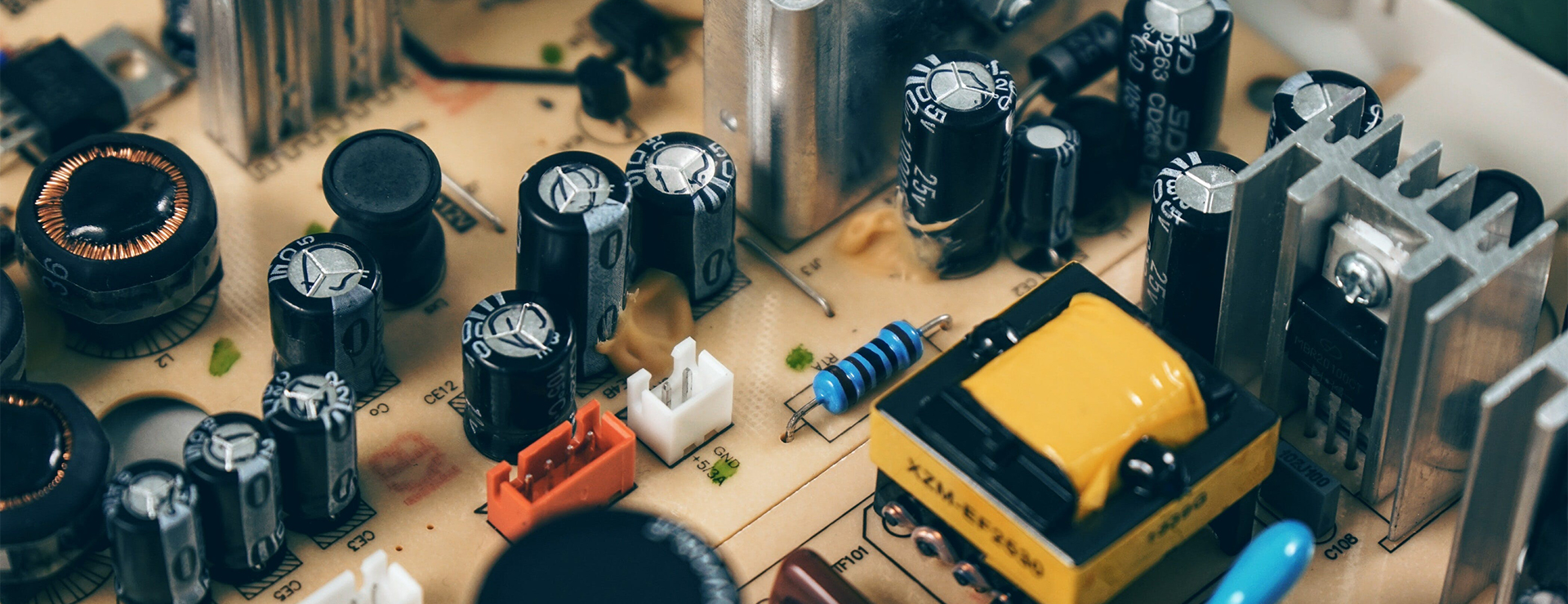In today’s fast-moving digital world, customer engagement begins long before a visitor interacts with a staff member. From navigating a space to exploring products, customers increasingly expect clear information, intuitive self-service, and dynamic visual communication. This shift has made commercial display technology a core part of modern business infrastructure.
At PRIMA, we help organizations build smarter, more connected environments through a full ecosystem of display solutions — including Indoor Kiosks, Outdoor Digital Signage, Even Bezel Monitors, and PRIMA CMS (Centralized Management System). Together, these technologies enable seamless content delivery and consistent brand communication across every space.
1. Indoor Kiosks: Smart Self-Service for Modern Spaces
Whether in shopping malls, hospitals, government offices, transportation hubs, or corporate buildings, self-service kiosks reduce waiting time and improve the customer experience.
PRIMA Kiosks support:
-
Interactive touch navigation
-
Wayfinding and information lookup
-
Service check-in and queue management
-
Product browsing or digital catalogs
-
Real-time data display connected to CMS
With sleek industrial design and stable hardware performance, PRIMA kiosks provide the reliability required for 24/7 operation in high-traffic environments.
Outdoor displays deliver advertising, announcements, and brand content in high-visibility public areas. PRIMA’s outdoor signage is built for durability and clarity under challenging conditions.
Engineered for outdoor performance:
-
High brightness for sun-exposed environments
-
Weather-resistant housing
-
Anti-glare and anti-dust protection
-
Stable heat-dissipation structure
-
Remote monitoring through PRIMA CMS
From shopping center façades to outdoor plazas and city walkways, PRIMA Digital Signage ensures your message stays clear in every environment.
In retail and hospitality, digital screens play an essential role in shaping customer perception and influencing decisions.
PRIMA’s indoor signage ecosystem includes:
-
Even Bezel Monitor for high-end commercial displays
-
Digital posters and wall-mounted signage
-
Ultra-wide and vertical formats
-
Multi-device integration with PRIMA CMS
Use cases include promotions, menu boards, product highlights, store campaigns, and real-time content updates — all managed effortlessly from a single platform.
4. PRIMA CMS: Control Every Screen from One Platform
The core of PRIMA’s display ecosystem is the Centralized Management System, enabling organizations to manage thousands of screens with ease.
CMS capabilities:
-
Remote content publishing and scheduling
-
Multi-store and multi-campus control
-
Emergency announcements
-
Device status monitoring
-
Smart playlists & automation rules
-
Multi-format support: videos, images, web pages, live feeds
With PRIMA CMS, businesses maintain consistent communication and reduce operational cost — all while improving the customer experience.
5. Real-World Applications Across Industries
PRIMA solutions are trusted across multiple sectors:
🛍 Retail
Digital menu boards, storefront displays, in-store promotions, interactive product catalogs.
🏥 Healthcare
Self-service kiosks, patient check-in, queue systems, wayfinding.
✈️ Transportation
Departure boards, ticketing kiosks, information displays.
🏢 Corporate
Lobby directories, visitor kiosks, internal communication screens.
🎡 Public Spaces
Outdoor LED walls, event announcements, digital maps.
Wherever customer engagement matters, PRIMA elevates the experience.
Conclusion: A Smarter, More Connected Customer Journey
From indoor kiosks to large-scale outdoor signage, PRIMA helps businesses modernize interaction, streamline operations, and deliver visually engaging content. With powerful hardware, refined industrial design, and the PRIMA CMS platform at the core, PRIMA brings every screen — and every customer touchpoint — into a smarter, unified system.






